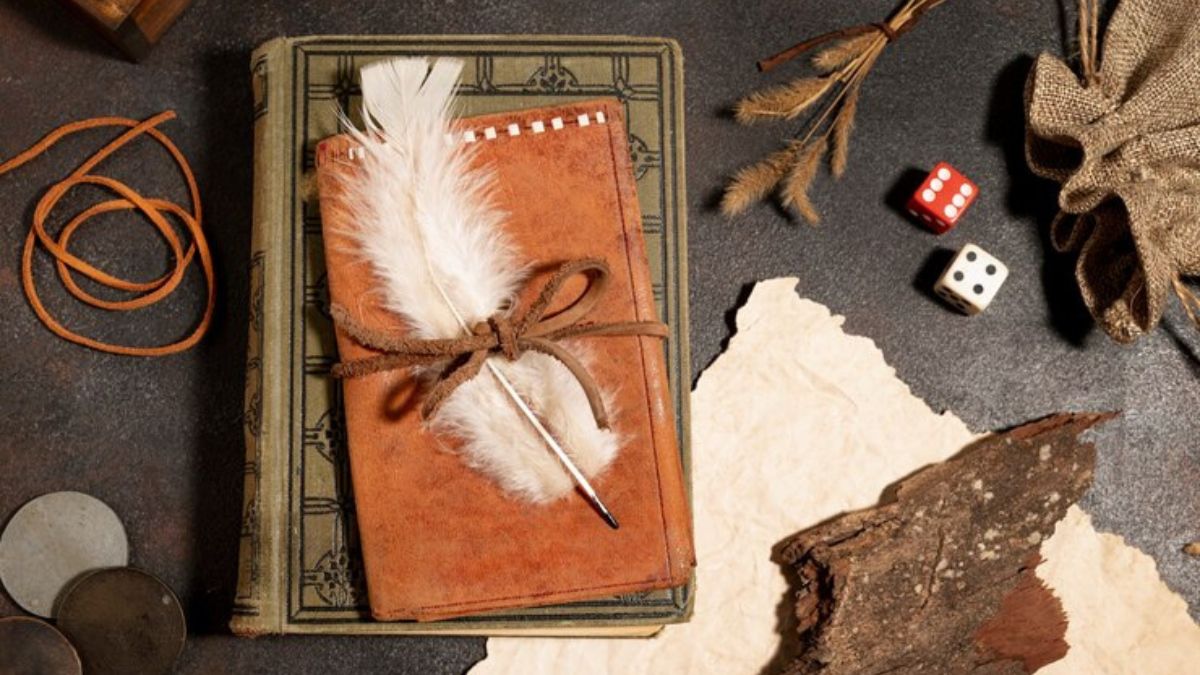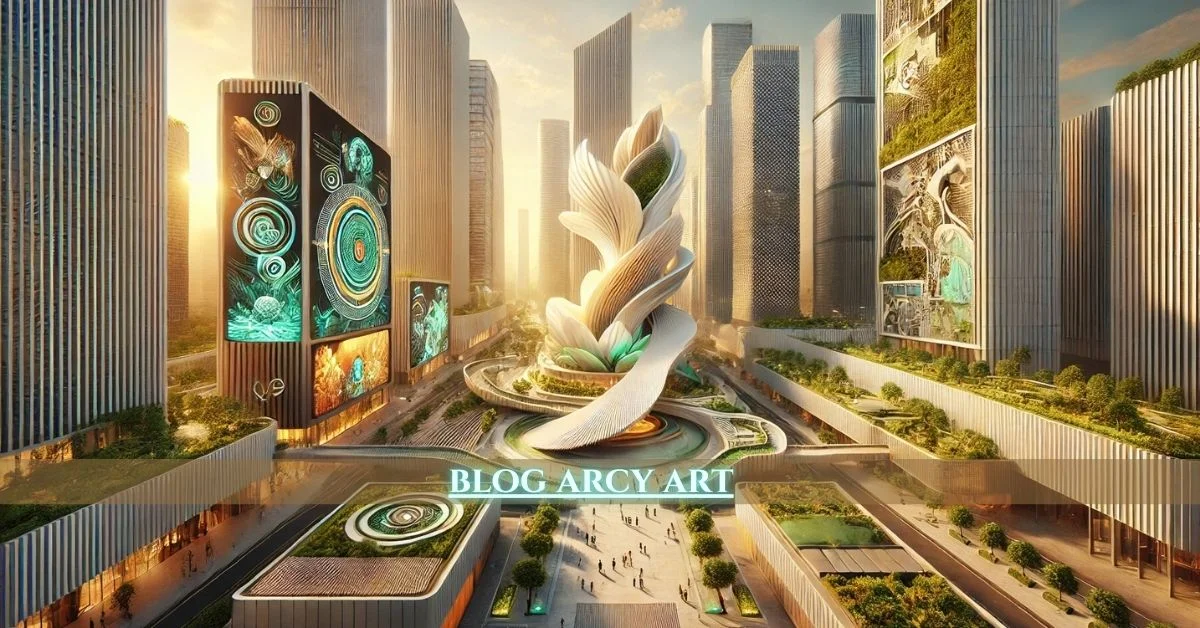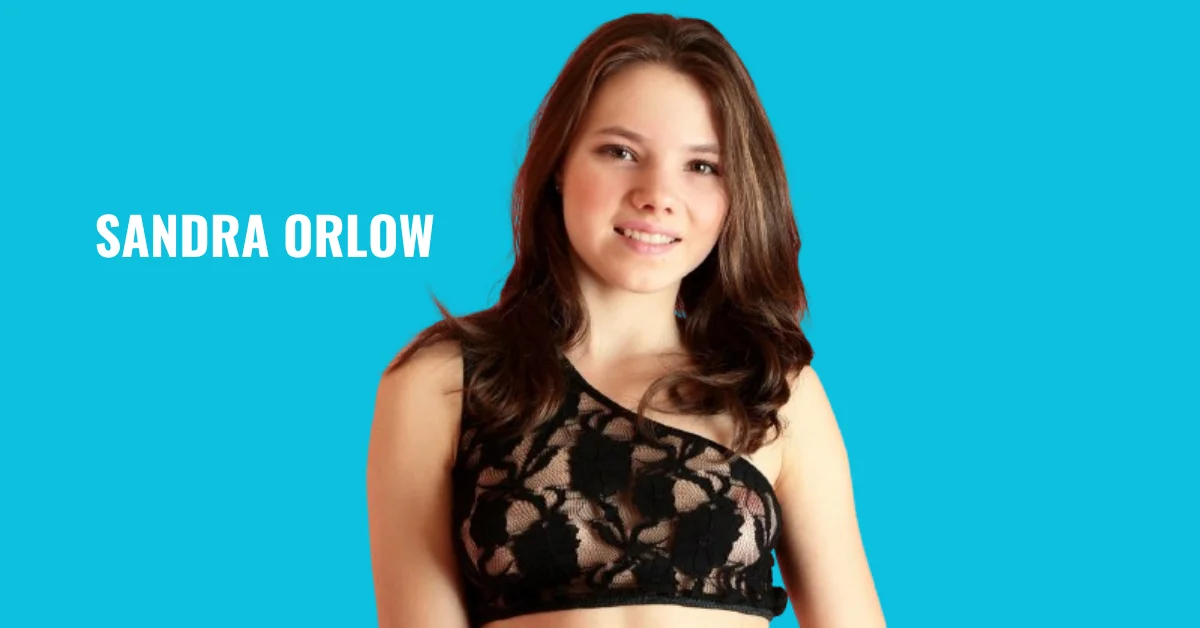BUSINESS
Plotline Redefined: Integrating Design and Personalization for Enhanced Mobile Experiences
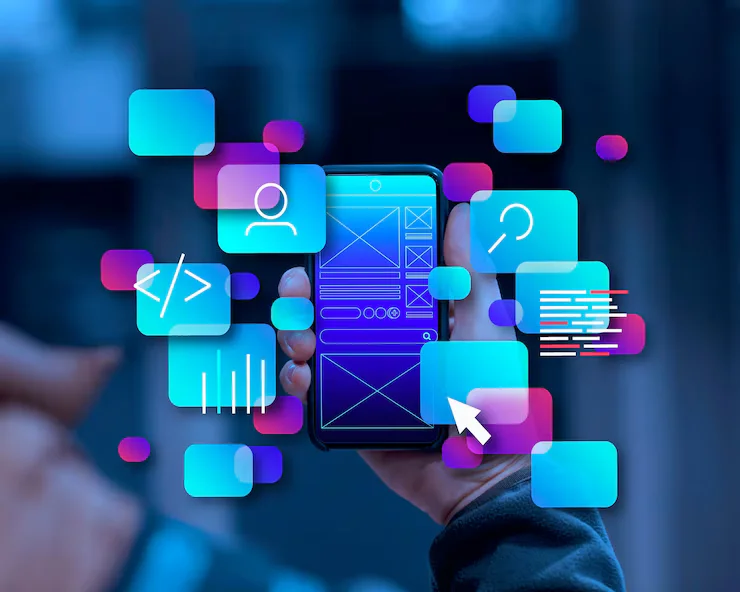
Mobile user experiences require more than attractive interfaces to succeed in modern times. They need to feel personal. App users now expect interfaces that can learn from their actions alongside predicting their requirements and returning value for spending time within the apps. The key strength of Plotline emerges at this point.
Plotline is a platform that blends thoughtful design with powerful personalization tools, helping app creators craft journeys that keep users engaged, satisfied, and loyal. In this post, we’ll explore how integrating design with personalization through tools like Plotline can redefine mobile experiences for the better.
Why Design and Personalization Go Hand in Hand
Design shapes the first impression. Personalization shapes the lasting one. Both must work together to create an experience that feels intuitive and relevant.
Let’s take an example: imagine opening a shopping app. If the layout is clean but the offers feel generic, you lose interest fast. Now imagine the same layout, but the app shows offers tailored to your preferences, remembers your recent searches, and even greets you by name. That simple layer of personalization makes a big difference.
Plotline supports this kind of seamless pairing between design and user behavior. Instead of treating all users the same, it allows you to create experiences that feel custom-made—without the complexity of building everything from scratch.
Personalization that Goes Beyond the Surface
Plotline focuses on behavior-based personalization. This means you can tailor your in-app content, screens, and prompts based on what users actually do—not just who they are. This is more meaningful because behavior often speaks louder than profile data.
For instance, if a user frequently checks out health products but hasn’t yet bought one, your app can present a time-limited discount just for that category. This shows the user you’re paying attention, and they’re more likely to engage with your offer.
With Plotline, you can also build dynamic user journeys. Instead of having every user walk the same path, you can create multiple paths based on where they are in their experience. This creates a smoother, more engaging process—from onboarding to retention.
A Design Approach That Keeps Users Coming Back
Good design doesn’t just look good—it guides users naturally from one action to the next. Plotline makes it easy to design and deliver micro-experiences within your app that feel smooth and satisfying.
Let’s look at a simple but effective design element: scratch card apps.
Example: Scratch Cards to Reward and Retain
A scratch card app experience mimics the excitement of scratching a real-life lottery card. Users reveal rewards by swiping or tapping, which adds a fun, tactile element to the interaction.
Plotline’s scratch card module integrates this feature beautifully. You can design scratch cards that are triggered by certain actions—like completing a profile, making a purchase, or logging in for the fifth day in a row.
This is personalization in action. You’re not just giving out random rewards; you’re offering them at the right time based on what the user has already done. And because the experience is so enjoyable, users are more likely to keep coming back.
Here’s how it can look in practice:
| Trigger Event | Scratch Card Reward | Impact on User |
| First successful login | Welcome bonus coupon | Encourages return visits |
| 3-day streak of app use | Surprise in-app currency boost | Reinforces habit |
| Product purchase | Cashback or discount offer | Drives more purchases |
These small, joyful moments can build long-term loyalty, especially when they feel earned and personal.
The Plotline Advantage: Simplicity Meets Strategy
What makes Plotline stand out is its balance between depth and ease of use. You don’t need a team of developers or designers to build personalized journeys or interactive screens. The tools are simple, visual, and flexible.
Whether it’s:
- Triggering custom in-app messages based on user actions.
- Designing scratch cards, modals, banners, and bottom sheets.
- Running A/B tests on onboarding flows.
- Segmenting users based on behavior patterns.
You can do all of this without writing code.
This means product managers and growth teams can move faster and test ideas more easily. No more waiting for dev sprints. No more guesswork. Just a clear, hands-on way to shape user experiences as they happen.
Real-World Applications: Where Design and Personalization Shine
Plotline can support a wide variety of apps across industries. Here are a few ways personalized design can create a real impact:
1. E-commerce Apps
- Onboard users with a scratch card that offers discounts on categories they’ve browsed.
- Use banners to showcase products similar to their last purchase.
- Trigger exit-intent modals for users who abandon their cart.
2. Health & Fitness Apps
- Personalize daily goals based on user activity.
- Send motivational pop-ups after hitting milestones.
- Offer rewards after completing a 7-day challenge.
3. Finance Apps
- Celebrate reaching savings goals with instant scratch rewards.
- Share tailored educational content based on spending behavior.
- Guide users to the next step in their financial journey using bottom sheets.
These examples all highlight how personalization and thoughtful design go hand in hand—and how Plotline helps make that connection easier to build and maintain.
Building a Consistent, Delightful Experience
Consistency matters in design. Users should feel like they’re in the same world every time they open your app. Plotline helps maintain that feeling while still allowing for personalization.
You can create templates for models, cards, and other UI elements that match your brand style. Then, you can customize the content inside those templates based on different user segments.
This means users get a tailored experience without the app feeling disjointed or unfamiliar. It’s a clean, scalable way to combine personalization with design consistency.
Keeping Users in the Loop—Without Being Annoying
Push notifications are a common way to reach users, but in-app messages often perform better. Why? Because they show up at just the right time when the user is already engaged.
Plotline allows you to send contextual messages right within the app. Whether it’s a friendly nudge, a helpful tip, or a timely offer, you can make sure the message fits naturally into the flow.
And if you combine these messages with other visual elements like banners or cards, you can create a complete communication loop without overwhelming the user.
Looking Ahead: The Future of Personal Mobile Design
As mobile apps continue to evolve, one thing remains clear: users want more control, more personalization, and more delightful moments. They want to feel like the app understands them—not just tracks them.
Platforms like Plotline are leading the way by giving app teams the tools to deliver just that. It’s not about adding more features—it’s about using what you already have in smarter, more user-friendly ways.
Scratch cards, dynamic journeys, and behavioral segments aren’t just add-ons—they’re part of a new mindset where design and personalization work together.
Final Thoughts
Design isn’t only about how an app looks—it’s about how it feels to use. And personalization isn’t just about data—it’s about meaning. When you bring these two ideas together with the right tools, the results are not only more engaging—they’re more human.
Plotline offers a practical way to blend these two important elements. Whether you’re adding a small interaction like a scratch card or crafting an entire journey based on user behavior, the platform makes it easy to do so without losing your brand’s unique style or spending months in development.
Suppose you’re looking to improve user engagement and loyalty in a real, lasting way. In that case, it’s time to start thinking of design and personalization not as separate disciplines—but as partners in crafting mobile experiences that matter.
BUSINESS
How to Choose the Best Movers in Montreal: 7 Essential Criteria

A great group of Déménageurs Montréal can make the difference between a smooth and friendly move or a nightmare of an experience where your furniture is lost, broken, or worst of all insured for pennies on the dollar. Movers Montreal Whether you are moving locally in the city or preparing for a long distance move, hiring reputable Movers in Montreal is one of the best decisions you will make. From the high-rise apartments in downtown to the quiet, suburban streets of its boroughs, Montreal’s neighborhoods are all unique and present their own challenges in which apartment locators should be experienced renters. This guide features seven key guidelines that will help you in making an informed decision in choosing the right Moving Services for you.
1. Check Licensing, Insurance, and Legal Compliance
When you are making a choice of reliable Movers in Montreal – make sure the first step is checking their license and insurance. Any reputable moving companies doing business in Quebec need to be registered with the “Commission des transports du Québec (CTQ)” and abide by the laws of the province. Movit is also reputable movers for Toronto that provide liability coverage to your stuff, so you have a reassurance that your belongings would be safe anyways. When you are researching companies to work with for Moving Montreal, be sure that they can provide you with proof of their general liability insurance as well as their cargo protection. This protects your stuff and also the company’s transparency and professionalism.
2. Evaluate Experience and Local Expertise
A mover’s experience is one of the best predictors of trustworthiness. Montreal is a city of singular diversity that has its fair share of deserted streets and alleys, steep staircases and heritage buildings — all making the transit process harder. Picking Movers Montreal who are familiar with these local situations will make your move a lot faster and easier. Find companies that have been around for a while, with hundreds of moves under their belt and smart residential and commercial Move Work. Professional movers are experienced in moving fragile items, maneuvering through busy cities, and dealing with less than ideal loading circumstances – this all adds up to peace of mind for you.
3. Review Customer Feedback and Online Reputation
Google Reviews, social sites and consumer websites are also helpful to gain a read on how a company is doing. If you are assessing your options for Moving in Montreal, take a moment to browse through customer feedback related to aspects like punctuality, professionalism, and overall customer-service. Be sure to listen for how businesses handle negative feedback; this will give insight into their commitment to customer service. The best Movers in Montreal always maintain trustworthy work ethic as well as a tendency to communicate effectively and handle every client’s belongings with respect. You can even direct to the company for testimonials whom you want take their services.
4. Compare Pricing, Quotes, and Service Transparency
Affordable and trustworthy movers in Montreal provide you with upfront moving quotes, without any hidden fees. When you’re collecting estimates, the other thing you should do is request for an itemized list of everything fees — including travel time, packing supplies, handling large or bulky items and additional services. Price shouldn’t be the only deciding factor, but transparent pricing is a must. Beware of too low quotes though — they can signal inexperience, or hidden costs. Rather than just one, get multiple free quotes from 3-5 Movers in Montreal so that you can make a more informed decision when selecting an affordable moving company, while still retaining the very best service possible.
5. Evaluate the Range of Moving Services Offered
Every move is different. Some clients want everything done for them, others just need to be carried. Prior to deciding upon a service of Moving in Montreal, verify which are the services which are part of their bundle. Some long-distance companies offer packing and unpacking, furniture disassembly and reassembly, as well as storage for between homes and specialty options such as handling of a piano or taking care of an antique. Services de déménagement And Their Offerings, The broader range of services you have access to the more it is possible for your move to be tailored to your personalized requirements. A business that is able to accommodate any last minute changes, or special requests, in my opinion is demonstrating flexibility, efficiency and superior customer service.”.
6. Inspect Equipment, Vehicles, and Safety Standards
A reputable moving company will also have clean reliable trucks, good packing supplies, and the right equipment including dollies, straps, and blankets. Regarding Movers in Montreal, find out about what kind of vehicles they have and how your goods will be protected while on the road. Professional services teams are all forced by their companies to practice safe protocols, use the right tools for the job, and adhere to proper lifting methods prevent damage. Nice and tidy equipment generally says something about the professionalism and quality of the company.
7. Assess Communication and Customer Support
Good communication is another major component for a successful move that remains free of stress. Quality moving service providers offer good customer support and a written estimate, and allow you an open channel for communication with all concerned parties during the move. While you’re in the process of comparing Moving in Montreal, it can be good to gauge response times as well as how well they answer questions. Good movers will go over timelines, specific details you may have, potential obstacles and more in the hopes that you will stay relaxed and prepared on moving day.
Final Thoughts
Finding the perfect Movers in Montreal demands extensive investigation and comparison. With consideration to licensure, experience, reputation, pricing, services offered, equipment and communication you can confidently choose a company for a stress-free transition to your new home. No matter if you are transitioning across the town, or to another province, when you choose the best team for Déménageurs Montréal, your stuffs will always be treated and taken care of with professionalism.
BUSINESS
Top Reasons to Shop Directly from Certified European Product Distributors

Shopping directly from certified European product distributors offers many benefits for customers who want quality, reliability, and transparency. These distributors follow strict standards that help build trust between sellers and buyers. When you buy from a certified source, you know the products come from verified channels and go through proper checks. This makes your shopping experience safer and more satisfying.
Why Authenticity Matters When Shopping Online
One of the main reasons people prefer certified distributors is the strong focus on authenticity. Many products in the global market face issues like imitation, altered packaging, or unclear sourcing. Certified distributors help solve these problems by offering products that come straight from approved manufacturers or verified suppliers. This ensures that customers always get real, high‑quality goods without worrying about fake or low‑grade items.
How Certified Distributors Maintain Quality and Consistency
Certified European distributors follow strict rules to maintain the quality and consistency of their products. They are required to store, handle, and ship goods in proper conditions. They also undergo routine checks and evaluations. This helps keep every product in fresh and safe condition before it reaches the customer. These practices improve the overall value of the products and make buying from certified sources more reliable.
Why Customers Prefer Platforms with Clear and Transparent Policies
Many customers feel more comfortable buying from platforms that offer clear details about their sourcing, delivery process, and customer support. Websites like https://mooiproduct.nl/ provide open information about product origins, pricing, and ordering steps. This transparency helps buyers feel secure and confident. When a store openly shares its policies, it becomes easier for customers to make informed decisions.
How Buying Directly Saves Time and Reduces Extra Costs
Purchasing from certified European distributors can also help you save both time and money. When you buy directly, you avoid extra layers of middlemen or resellers. This often leads to better prices and quicker delivery options. It also reduces the risk of delays, incorrect orders, or handling issues. Direct buying keeps the process simple and smooth, especially for customers who value efficiency.
Benefits of Working with Distributors That Prioritize Customer Satisfaction
Quality distributors also invest in strong customer service. They respond quickly, solve problems, and update customers throughout the ordering process. Their goal is to make sure each buyer has a positive experience from the moment they place an order until the delivery arrives. Good communication and reliable service make the shopping journey more enjoyable.
Key Advantages of Choosing Certified Distributors
Shopping from certified European product distributors offers many practical benefits for customers. Under this section, the main advantages are highlighted clearly.
- Secure and trusted product sourcing
- High standards for product handling and packaging
- Faster and more reliable delivery options
- Transparent pricing without hidden charges
- Responsive customer service teams
- Consistent quality in every order
- Better overall value for long‑term customers
The Importance of Verified Storage and Handling Methods
Certified distributors often follow strict storage and handling rules to preserve the condition of the products. This includes temperature‑controlled environments, careful packaging, and the use of proper transport methods. These steps ensure that items remain in excellent condition from the warehouse to your doorstep. Customers appreciate knowing that each product is handled with care and attention.
How Direct Shopping Helps Build Long‑Term Trust
Over time, buying directly from certified distributors builds strong trust between the store and its customers. When buyers receive consistent quality and timely service, they feel more confident returning again. This long‑term trust benefits both the distributor and the customer. It encourages a stable and positive buying experience.
Why Certified European Distributors Stand Out in the Market
In today’s busy online market, certified European distributors continue to stand out because of their dedication to quality, honesty, and smooth service. Their commitment to high standards makes them a smart choice for customers who want dependable products, fair prices, and secure shopping. By choosing certified distributors, customers enjoy peace of mind and a better overall online shopping experience.
Conclusion
Shopping directly from certified European product distributors offers a safe, reliable, and transparent way to buy high-quality goods. These distributors follow strict standards, maintain clear sourcing, and prioritize customer satisfaction. Their commitment to quality, fair pricing, and trustworthy service makes them a strong choice for anyone who values a smooth and secure online shopping experience. Over time, buying from certified distributors builds confidence and ensures that every order meets your expectations.
BUSINESS
Realestateview: Revolutionizing Property Searches
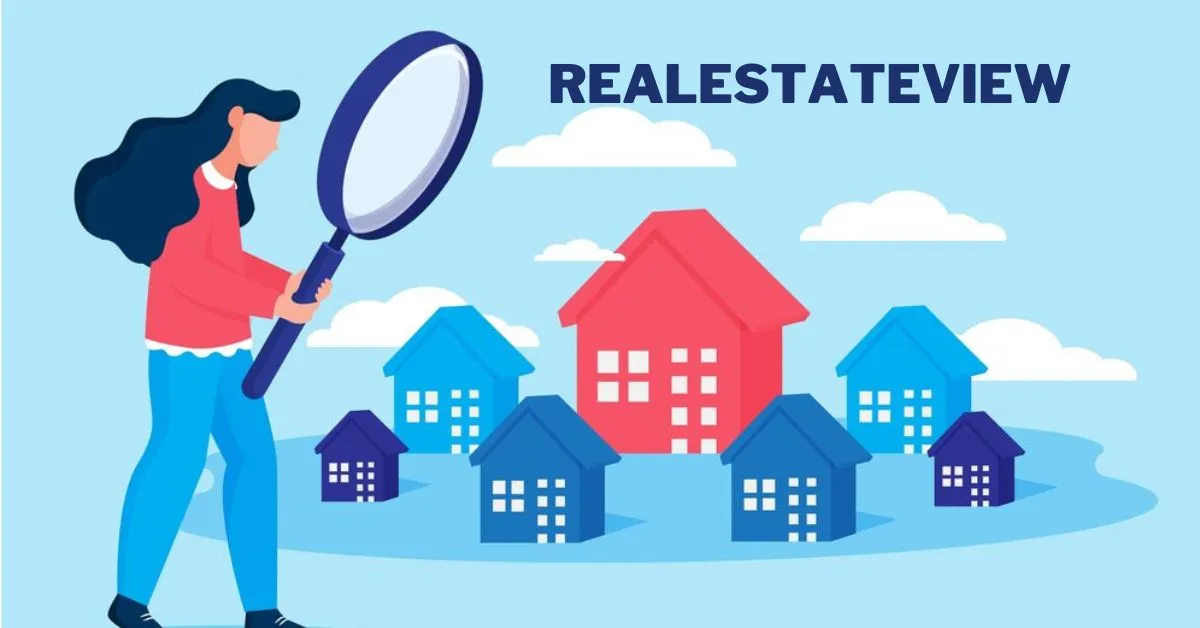
In the dynamic world of real estate, finding the perfect property can be a daunting task. This is where Realestateview steps in, offering a comprehensive platform that revolutionizes the way individuals search for properties.
The Importance of Realestateview
Finding Properties Easily
Gone are the days of endless property visits. Realestateview provides users with a streamlined approach to finding properties that match their criteria effortlessly.
Detailed Property Information
One of Realestateview’s standout features is its commitment to providing detailed property information. From square footage to neighborhood insights, users can make informed decisions.
How to Use Realestateview
Creating an Account
The first step to unlocking the full potential of Realestateview is creating a personalized account. This allows users to save preferences and receive tailored property recommendations.
Customizing Property Preferences
Realestateview empowers users by allowing them to customize their property preferences. From budget constraints to desired amenities, every detail matters.
Navigating the Platform
A user-friendly interface ensures that even those unfamiliar with online property searches can easily navigate Realestateview. The intuitive design simplifies the process.
Advanced Features
Interactive Maps
Discovering the perfect neighborhood is as crucial as finding the right property. Realestateview’s interactive maps provide a bird’s-eye view of potential areas.
Virtual Tours
Incorporating technology to the fullest, Realestateview offers virtual tours. Walk through a property from the comfort of your home, saving time and energy.
Benefits for Property Sellers
Increased Visibility
For property sellers, Realestateview opens doors to a vast audience. Increased visibility means higher chances of finding the right buyer.
Targeted Audience
Realestateview’s algorithms ensure that property listings reach a targeted audience, reducing the chances of irrelevant inquiries.
User Testimonials
Real Experiences
Discover how users have successfully found their dream homes through Realestateview. Real experiences highlight the platform’s effectiveness.
Success Stories
From first-time buyers to seasoned investors, Realestateview’s success stories showcase its versatility in catering to diverse needs.
Realestateview vs. Competitors
Points of Distinction
What sets Realestateview apart from competitors? Explore the unique features that give it a competitive edge.
User-Friendly Interface
Comparing user experiences, Realestate view consistently stands out for its user-friendly interface. Accessibility is key to its success.
Tips for Effectively Using Realestateview
Setting Notifications
Never miss out on a potential property. Setting notifications keeps users informed about new listings that match their criteria.
Utilizing Filters
Refine searches with filters. Whether it’s the number of bedrooms or proximity to schools, Realestateview’s filters make the search precise.
Saving Favorites
Save time by bookmarking favorite properties. Realestate view allows users to create a personalized list of potential homes.
Future Developments
Continuous Improvements
Realestateview is committed to continuous improvements. Stay tuned for upcoming features that will enhance the user experience.
Enhanced Features
Expect enhanced features that leverage the latest technology trends. Realestate view remains at the forefront of innovation.
Community Engagement
Forums and Discussions
Join discussions and forums within the Realestateview community. Exchange insights, tips, and experiences with fellow users.
Social Media Presence
Connect with Realestateview on social media for updates, property highlights, and community engagement.
Industry Impact
Changing the Real Estate Game
Realestateview isn’t just a platform; it’s a game-changer. Explore its impact on the real estate industry.
Empowering Consumers
By providing a wealth of information and tools, Realestate view empowers consumers to make informed decisions confidently.
Challenges and Solutions
Addressing User Concerns
Every platform faces challenges. Realestate view addresses user concerns promptly, ensuring a smooth experience.
Staying Ahead of Technology
In a rapidly evolving tech landscape, Realestateview stays ahead by embracing the latest innovations and trends.
Realestateview’s Commitment to Security
Protecting User Data
Security is a top priority for Realestateview. Discover the measures in place to protect user data and privacy.
Secure Transactions
Whether buying or selling, Realestate view ensures secure transactions, giving users peace of mind.
The Success Story of Realestateview
From Inception to Prominence
Trace the journey of Realestate view from its inception to becoming a prominent player in the real estate market.
Milestones and Achievements
Celebrate the milestones and achievements that mark Realestateview’s success story.
Conclusion
In the realm of real estate, where choices abound, Realestate view stands tall as a reliable, user-friendly, and innovative platform. Whether you’re a buyer or seller, this digital haven is reshaping how we approach property transactions.
ALSO READ: TOP SERVICES FOR BUILDERS TO SELL MORE HOMES

 ENTERTAINMENT4 weeks ago
ENTERTAINMENT4 weeks agoExploring the Kristen Archives: A Treasure Trove of Erotica and More

 LIFESTYLE9 months ago
LIFESTYLE9 months agoThe Disciplinary Wives Club: Spanking for Love, Not Punishment

 GENERAL5 months ago
GENERAL5 months ago5 Factors That Affect Tattoo Removal Success

 TECHNOLOGY9 months ago
TECHNOLOGY9 months agoBlog Arcy Art: Where Architecture Meets Art

 LIFESTYLE2 months ago
LIFESTYLE2 months agoWho Is Sandra Orlow?

 HEALTH8 months ago
HEALTH8 months agoHappy Hippo Kratom Reviews: Read Before You Buy!

 BUSINESS9 months ago
BUSINESS9 months agoBrand Visibility with Imprint Now and Custom Poly Mailers

 HOME IMPROVEMENT9 months ago
HOME IMPROVEMENT9 months agoThe Do’s and Don’ts of Renting Rubbish Bins for Your Next Renovation





